A brief introduction to the modern patient
In Tom Ferguson’s e-patient white paper, the authors proclaim a simple truth:
“The principle protagonist of our next-generation health care system will not be a computerized doctor, but a well-wired patient.”
The Internet has changed many parts of our day to day lives. But for patients (particularly acute cases or chronically ill) the Internet is an empowering tool with the power to change lives. It is a bridge between doctors and patients around the world.
Our society has shifted away from an Industrial Age paradigm, in which health professionals were the exclusive source of all medical knowledge and wisdom, into a paradigm that is more appropriate for the Information Age. Ours is a society of knowledge workers; it stands to reason that knowledge workers would transition into the role of the e-patient, a term commonly used to signify a modern patient that is equipped, enabled, empowered, and engaged.
(This is not the only term for this movement, but it is among the most commonly used.)
The Internet has put tools at our fingertips—tools that allow us to prepare for, supplement, and double-check our doctors. As a result, it is no longer necessary or even desirable for a patient to be passive.
We’ll all be patients in the end.
And lots of us become patients at assorted points all along the way. As a patient, you can rely heavily and exclusively on your doctor. Or you can actively participate in your own care, using the Internet as a resource and support mechanism.
When it comes down to it, what kind of patient will you be?
Being a patient in the social world
For those who choose to walk the road of the e-patient, benefits abound:
Less dependency on your practitioner, especially for day to day care;Less fear of the unknown—an advantage in the changing landscape of health over a lifetime;More able to ask well-informed questions, which add greatly to the efficacy of regular doctors’ appointments and improve overall quality of self-care;More able to evaluate and provide feedback on the care that is provided;Greater support through online communities both private and public
No one will ever understand what you feel and experience as a patient better than you do. And few doctors can even hope to keep up with half of the afflictions and treatments being researched and discussed today, with the exception of perhaps a small number of top specialists in given conditions.
With the transformation of knowledge worker into e-patient, the Internet has become the centerpiece of a new health ecosystem: a patient-driven hive of sharing and support.
In the new world, individuals have responded to the realities of the world of the modern patient by grouping together with the express interest of sharing information, learning from each other, and building relationships around conditions both common and rare.
These new health ecosystem can take on many forms, from modern social media groups to private websites with forums and bulletin boards to regularly-distributed email lists. They can be public or private, supported by organizations or completely self-arranged by patients.
Our core social networks, which most use quite casually every day, are also become a hub of patient communications and activity. Twitter is one of the leading examples of this community development, centered as it is on short-form public interaction. Why?
The “public” nature of the platform makes it easier for patients to find each other and connect than more privately oriented social networks like Facebook.The short-form nature heavily supports the sharing of links, dialogue around the subjects of the articles, and especially extended conversation through Twitter chats and more general hashtags.
@MightyCasey meets @stales in person for the first time.
The relationships built through brief Twitter conversations then spill out into the rest of the online and offline world, as patients who connect on Twitter will then extend the conversation to venues on Facebook, Google+, LinkedIn, and much of the rest of the Internet. Some patients also make a habit of meeting up at medical conferences or other events of common interest.
I’ve witnessed this myself, a couple of years ago at a patient conference in Kansas City. I watched people who had known each other for years online meet in person for the first time. Twitter came alive that weekend in a big way, and it became clear to me that thanks to social media, geography is no longer a factor when it comes to building relationships.
Those relationships build collaboration.
And collaboration, in the world of the patient, brings healing.
What does the modern patient expect from their health care providers?
“Personal online health networks function as a social version of our body’s immune system.”
So said Dr. Ferguson and his team in the white paper that I mentioned earlier in this post.
In fact, our communities—our ‘social immune system’—play many key roles in supporting our bodily well-being, from encouraging everyday wellness habits to providing support at the end of a life.
These online communities have become invaluable for patients. In fact, even more than that, they have become a major player when it comes to driving the advancement of health care and the growth of engaged patients.
With participation in online health communities comes education and a greater sense of confidence in dealing with the medical world. Patients’ expectations of their care shift. And so, eventually, the system must shift with it. What might those expectations and subsequent changes look like?
1) Quality information on the patients’ turf. Doctors once controlled the flow of medical information. They disseminated diagnoses and research to their patients based on their own discretion. Many were qualified and honest, but no doctor can be an expert in every condition, particularly as the population of both people and diseases has increased.
The Internet has opened doors for patients—doors into medical libraries and respected journals, doors into conferences and hospital studies. As a result, many patients and caregivers (especially of chronic illness) become more expert on their condition than their primary care physicians—and even more than all but the top specialists in the field.
2) High-level collaboration between patients and doctors. Patients have information on their turf, and social media means that they increasingly expect to be able to deal with doctors on that turf too. That means that patients will expect to be able to interact with their doctors via email…via video chat… via forums and social media and blogs. This is already happening, and the usage of technology to connect doctor and patient will only increase.
More important than that, though, is the need for respect for the role of the patient as a medical resource. There are still physicians out there who will be angry or dismissive when faced with a patient who is armed with information from the Internet—even articles from respected medical journals. Rather than dismissing engaged patients, doctors ought to draw them into collaborative dialogue about their care. With the power of online communities, just imagine what would be possible if caring, knowledgeable physicians collaborated with caring, knowledgeable patients in order to improve the quality of care?
3) Social and logistical support between patients. A new medical diagnosis can be a life-changing moment. And in those life-changing moments, it can be helpful to know that you are not the only one who has dealt with them. Online patient communities meet this need, and many others. Their healing power is the power of relationship.
These relationships form around sharing access to relevant state-of-the-art information and medical referrals to the best doctors and the most caring hospitals. Unlike doctors, who may rotate (especially for those who get most of their care at urgent care clinics), the community will always be there for support, and to humanize medical information.
For people with limited access to professional care or those who are diagnosed with a particularly rare condition, these communities provide tips for day to day illness management, as well as ongoing support for those with an incurable condition.
Collaborative relationships between patients have changed lives. And even saved them.
Through the stories of individual patients and—increasingly—research from official studies, we have begun to see the power of what happens when patients and caregivers flock to the Internet in the face of both medical challenge and everyday medical care.
The Walking Gallery of Healthcare from Eidolon Films on Vimeo.
According to Dr. Ferguson’s research, patients and caregivers who take to the Internet and take control of their own wellness are more likely to both seek physician advice and be prepared for and engaged in appointments with their care providers.
It means that patients can once again be at the heart of their own care.
The Digital Age Health Care Marketplace
The same mindset shift that has occurred among many consumers is now happening more and more in health care environments.
Just as the Internet gave consumers easy access to price comparisons and product information and reviews, it has given patients access to accurate, current data and supportive communities.
Consumers gained the ability to make smarter decisions about the products and services they pursued. Patients gained the ability to take charge of their own care through access to knowledge that was not previously available.
Consumers and patients are now passive only by choice or by circumstance.
Rapid information access and the empowered mentality of social relationships have driven unparalleled collaboration and sharing between patients and caregivers, and their clinicians.
New technologies—ranging from smartphones and tablet computers to wearable devices like Google Glass— make it increasingly easy to access, create, and share data to relevant parties.
From now on, as generations age and seek medical care, there will be new expectations of the relationship between the doctor and the patient. This is not a bad thing. To paraphrase Alan Kay, it is the role of the medical community to lock into what’s best for the patient—not what is most comfortable for them. The transition has already begun.
Clinicians must ask: Am I ready to be a social-age doctor? How will I implement that commitment in my day to day practice and attitude towards patients?
Patients and caregivers must ask: Am I ready to stand up and be a full partner in my own care? What should I do to be a more engaged consumer of care?
The more people who answer the first question affirmatively, the more our system will change. And the more our system adjusts, the more improvements we will be likely to see in patient safety and overall quality of care.
Via Plus91






 Your new post is loading...
Your new post is loading...




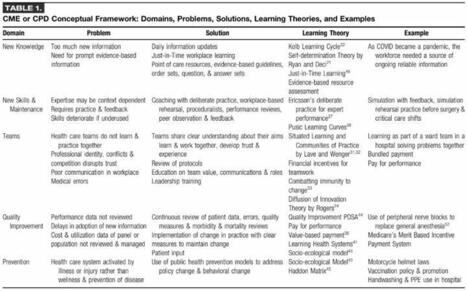
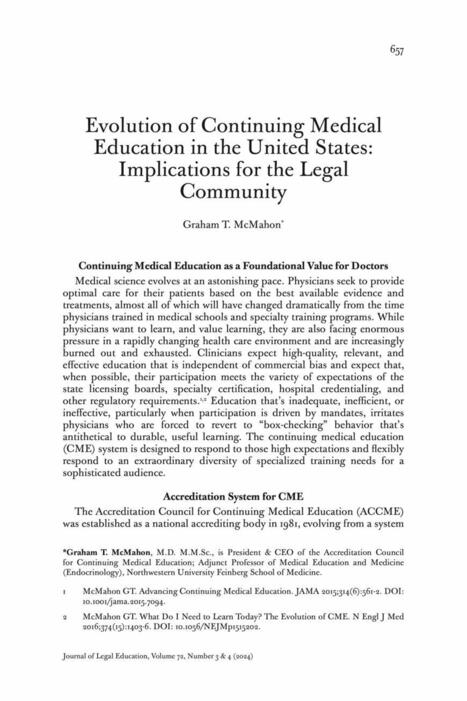
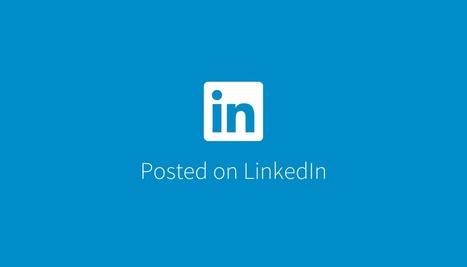


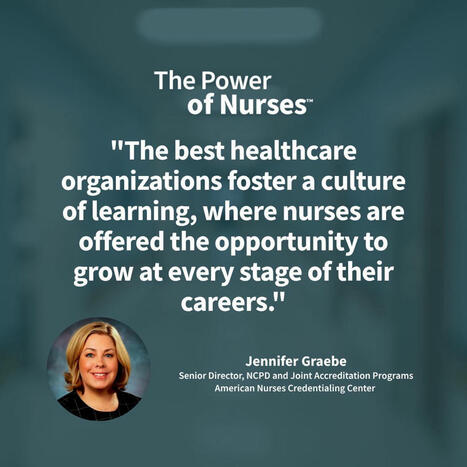




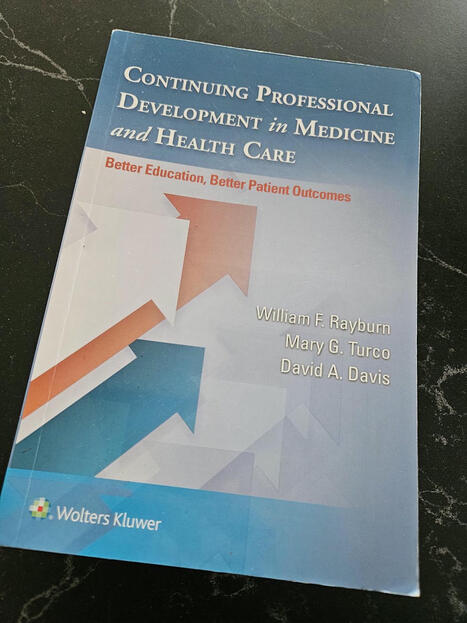

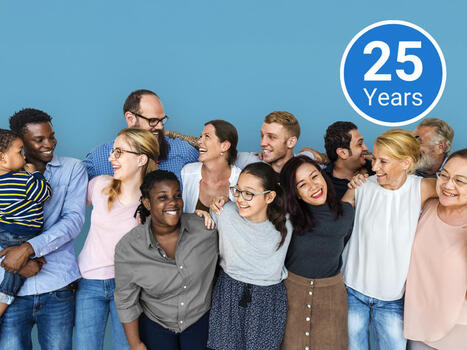






A must read / look (TED video)!